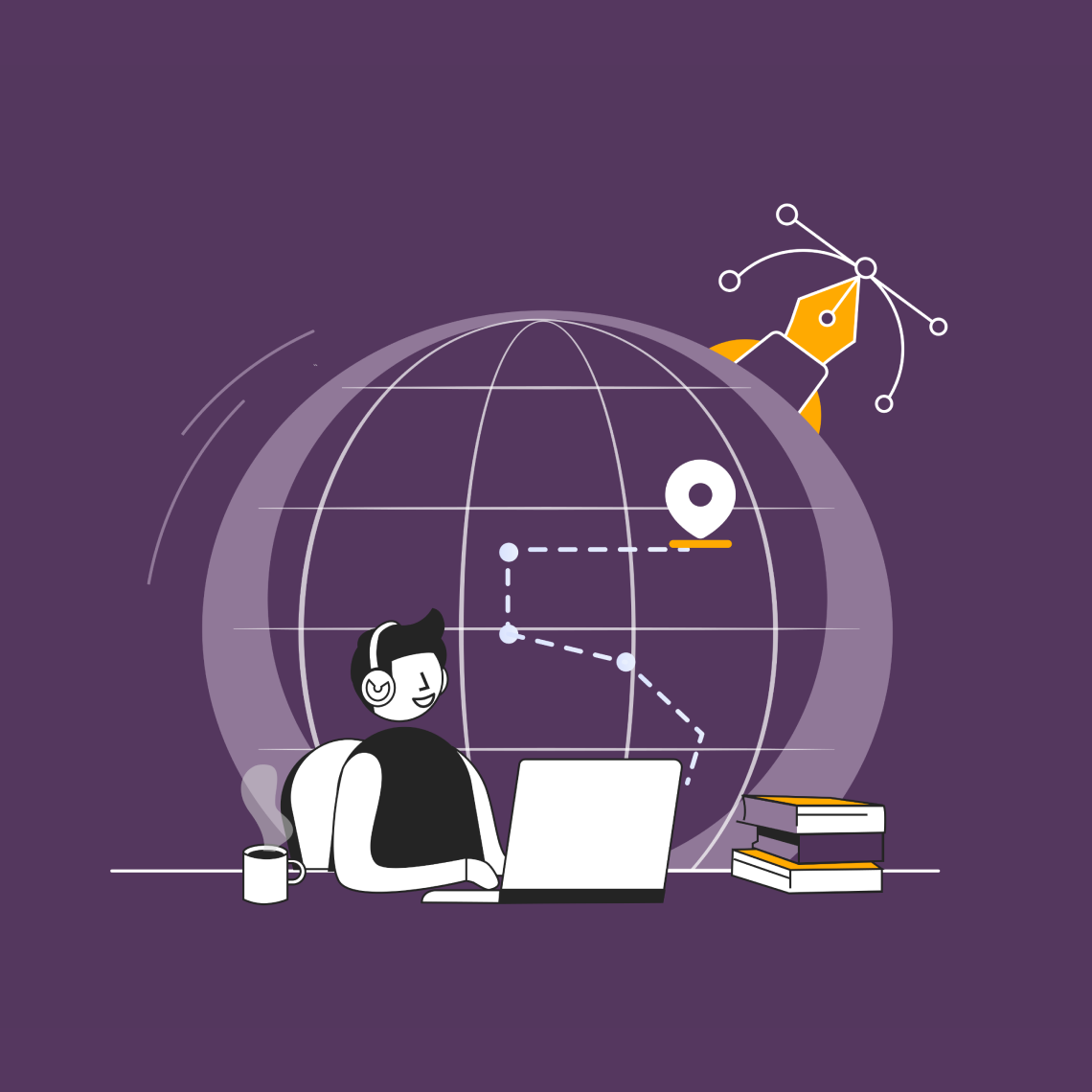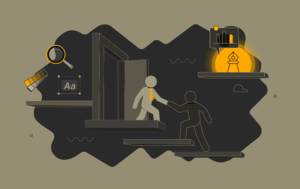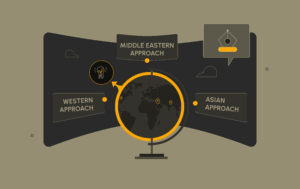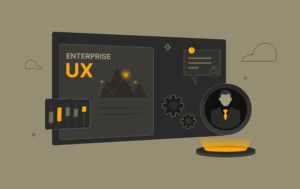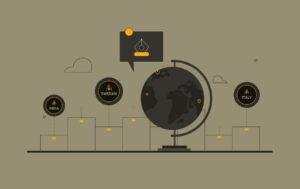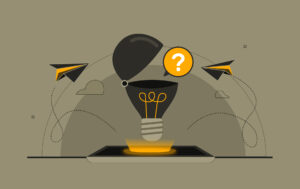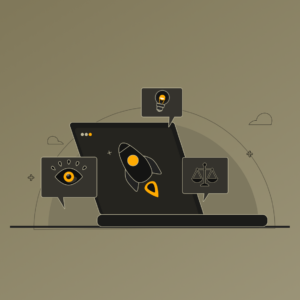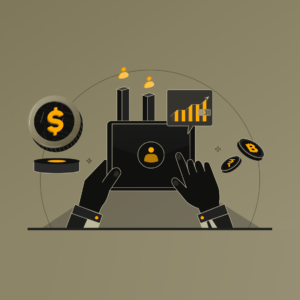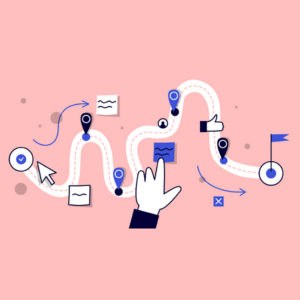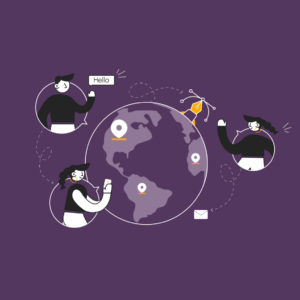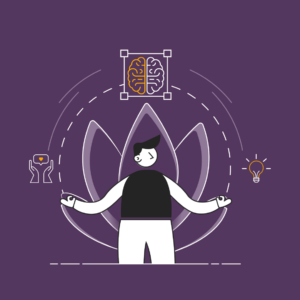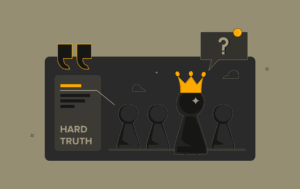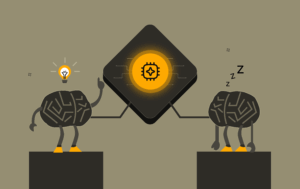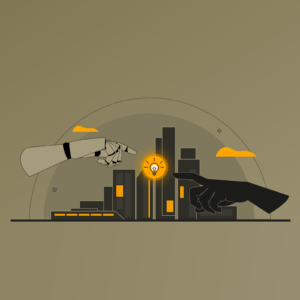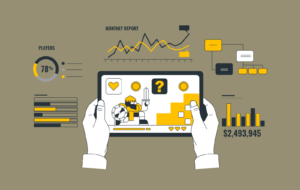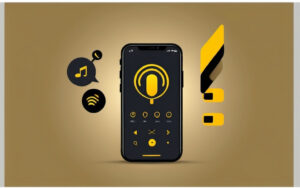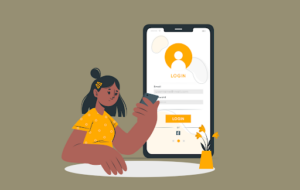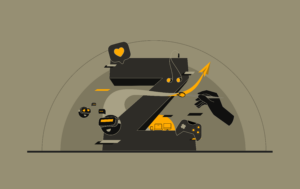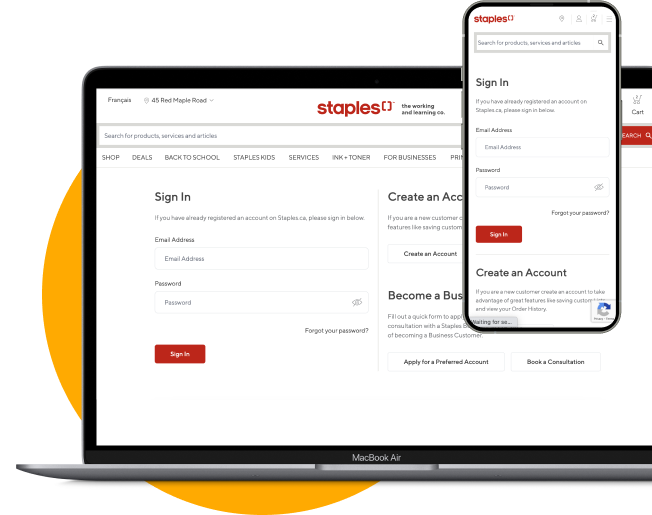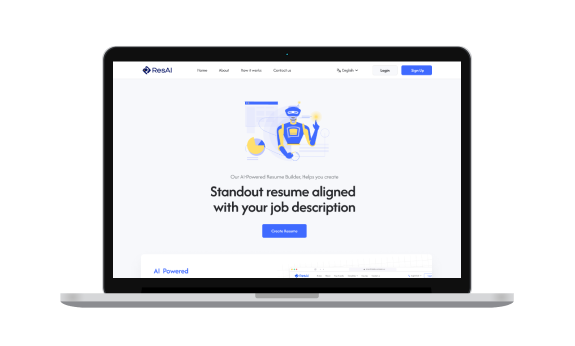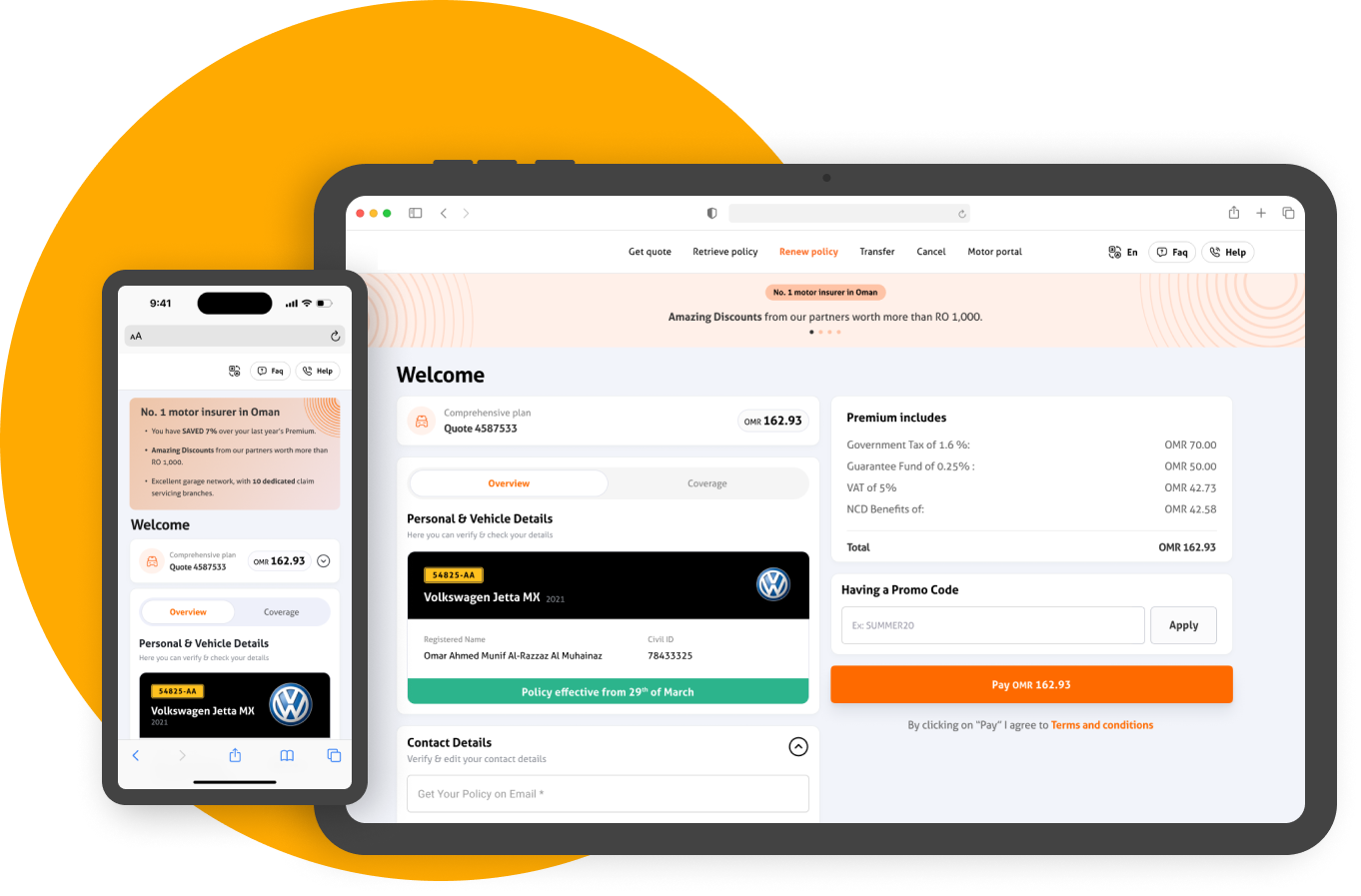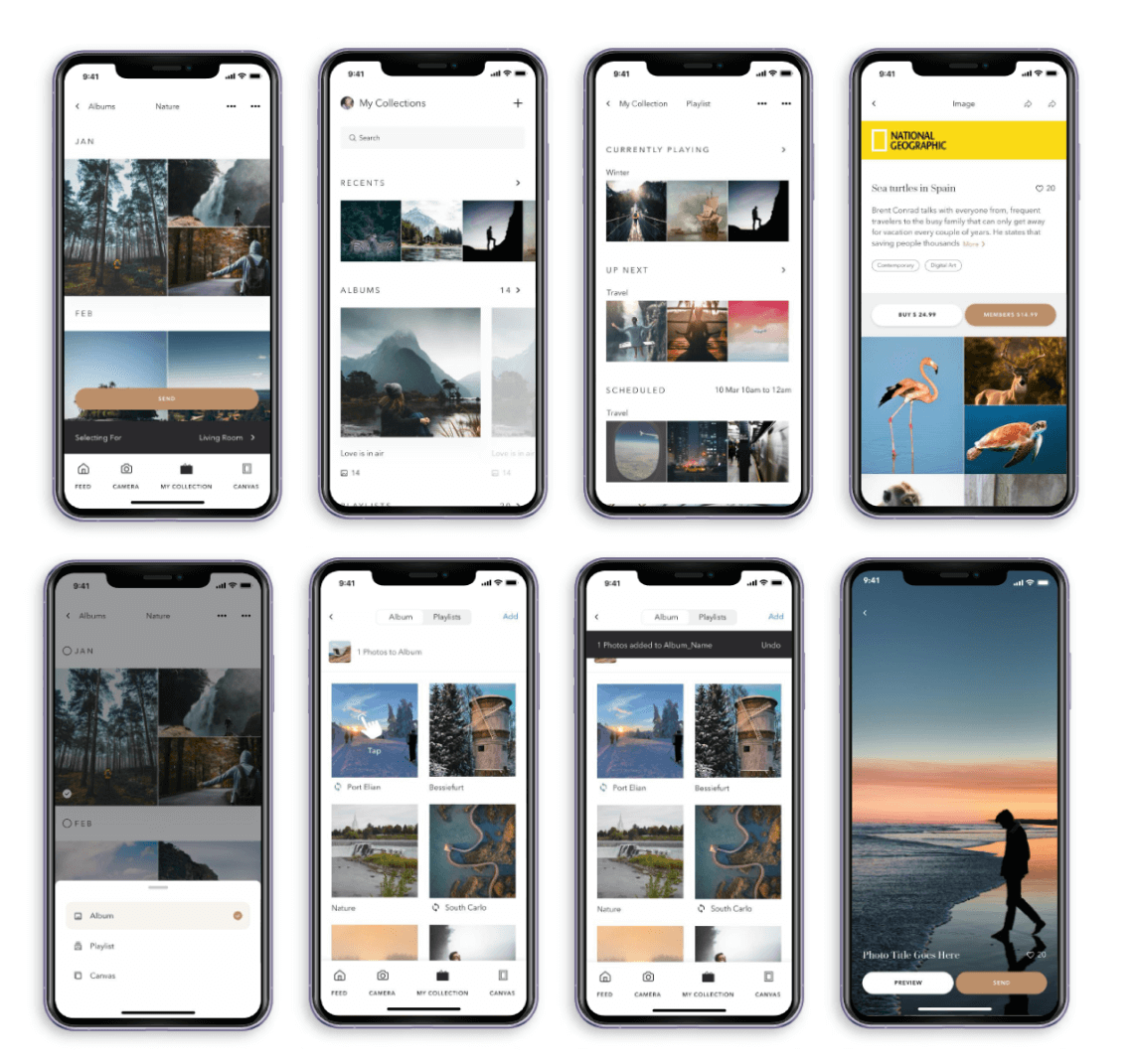Designing digital products is not just about creating a nice-looking interface; it’s about understanding the user’s needs and creating a product that addresses those needs. A well-designed UI not only showcases the product but also makes it more enjoyable for users. When users enjoy using your product, it creates a sense of satisfaction and motivation in your work. You become more invested in creating the best possible experience for your users and empathizing with their needs.
“As a UX/UI designer, you are actually seeing the problem as an opportunity to create a better experience for the people who are going to be using that solution.”
These are the thoughts of Alp Turgut, who we had as a guest on our podcast UX Banter. Alp is an award-winning digital product designer with 10+ years of experience in the field of design working with startups and well-known brands like Nike, Atlassian, Salesforce, Rolls-Royce, Zalando, New Look, Mercedes, and more.
In a fascinating discussion, Alp shared his perspective on UX design, freelancing, and user empathy.
Keep reading for some of his intriguing answers to our questions. Plus, don’t miss Alp’s 6 valuable career tips for aspiring UX/UI designers at the end of the article.
Does coming from a technical/coding background help in doing UX?
Having a technical background and understanding what’s happening in the back end have been crucial for me as a UX designer. It allows me to have a first-hand perspective and clarity on what needs to be done. With this knowledge and experience gained from my previous UX projects, I can easily communicate with the development team to understand their problems and come up with mutually agreed solutions.
Speaking their language has enabled me to bridge the gap between stakeholders and the development team, resulting in the creation of the best possible design that satisfies all parties involved. Ultimately, this approach ensures feasibility and leads to a successful outcome where everyone is happy. That being said, I don’t think it is necessary to have a development background in order to be a good UX designer, it is just a supporting skill set to have.
What are some practical ways of developing empathy with the users?
As user experience designers, it’s important to remember that we are users ourselves. When designing a solution, we must ensure that it’s easy for us to understand and use. We should carefully consider the user’s perspective and ask the right questions to understand their problems. Thorough research, including competitive and market research, can help us define the main problem and come up with the best solution.
It’s tempting to solve all problems, but it’s crucial to prioritize and solve the main problem first. This approach ensures that stakeholders and users are happy, and it allows us to continue making improvements. By putting ourselves in the user’s shoes and solving the main problem, we can create an optimum solution that satisfies everyone involved.
What is it like working for the big brands vs. the smaller startups?
One key difference between working for a large company and as a freelancer is the company culture. With big companies, it’s important to align with their strategy to deliver the desired solution. For example, Nike’s projects often centered around value and creativity but had to align with their overall strategy.
As a freelancer, however, you may have more creative control over your projects when you work for startups. As the creative director and design lead, you can create the best experience possible. But, as an employee, you may have more limitations and must align with your manager and the company’s strategy to create the best solution for the company. Ultimately, understanding the company culture and strategy is crucial for delivering successful projects in such cases.
What would your advice be to anybody who is starting out in UX?
As a junior UX designer, just keep these things in mind:
- Learn the principles and methodologies of UX/UI design from the basics and keep revisiting them.
- Stay up-to-date with new industry trends and ideas by reading books and online resources.
- Create a well-structured case study/portfolio showcasing your skills and knowledge. Your case studies should tell the story of how you solved a problem, starting with defining the problem statement, and then showing how you delivered a solution.
- As a junior designer, focus on creating at least three projects for your portfolio, whether through volunteer work or internships.
- Seek advice and guidance from experienced professionals in the field. Reach out to people in the industry through platforms like LinkedIn and ask for their advice on how to improve your portfolio.
- Take screenshots of the apps you like and recreate them on Figma or Sketch to understand the technicalities of design better. Continuously improve your skills and knowledge through practice and experimentation.
Final thoughts
As a UX/UI designer, you’re not just creating a product; you’re creating an experience. By empathizing with the user’s needs and creating a solution that addresses those needs, you can create a product that makes a positive impact on the community. So, always strive to create the best possible experience for your users, and they will appreciate it.
Want to learn more about working as a freelance UX Designer in the industry and landing big brands?
Listen to the full episode here:
A Designer’s Guide to Working in Tech — Alp Turgut
Follow UX Banter on Spotify and stay tuned for more such inspiring and insightful conversations with UX industry experts.
